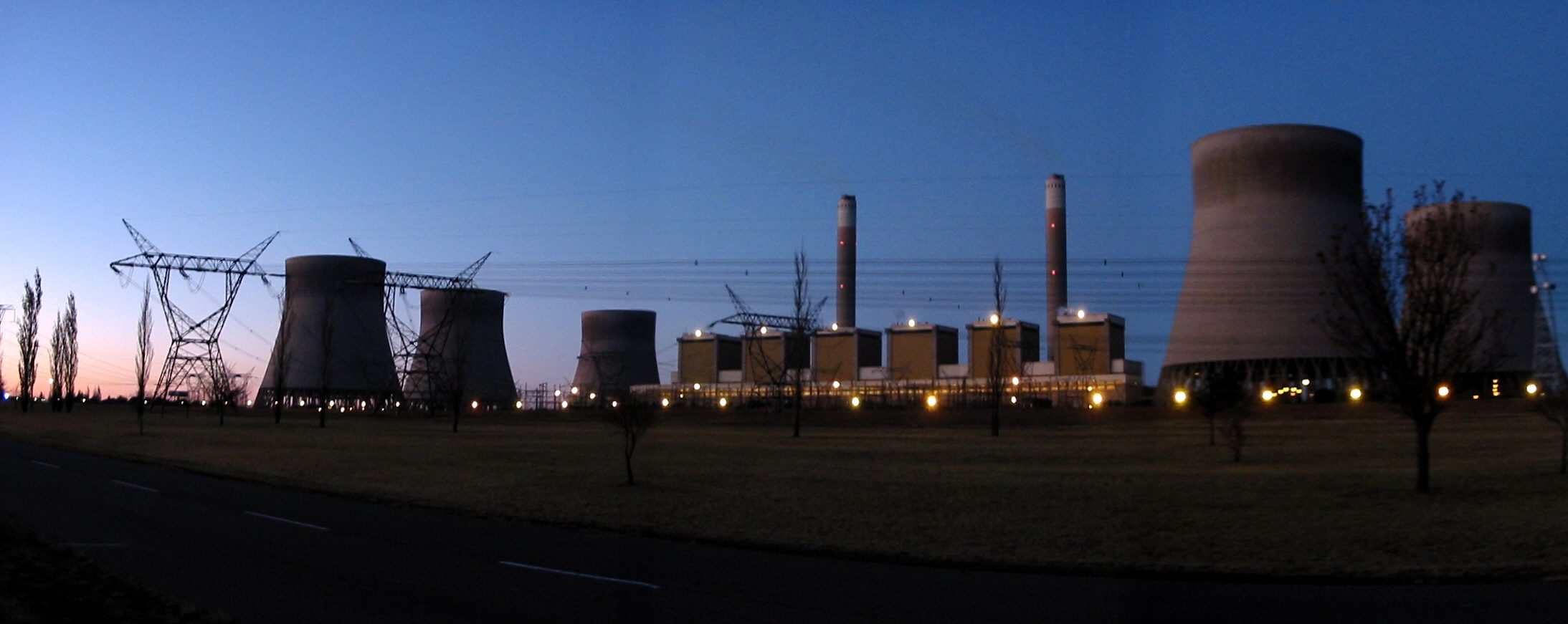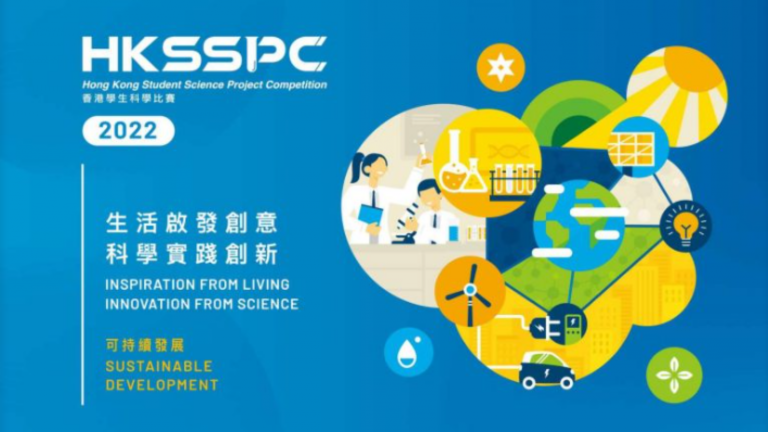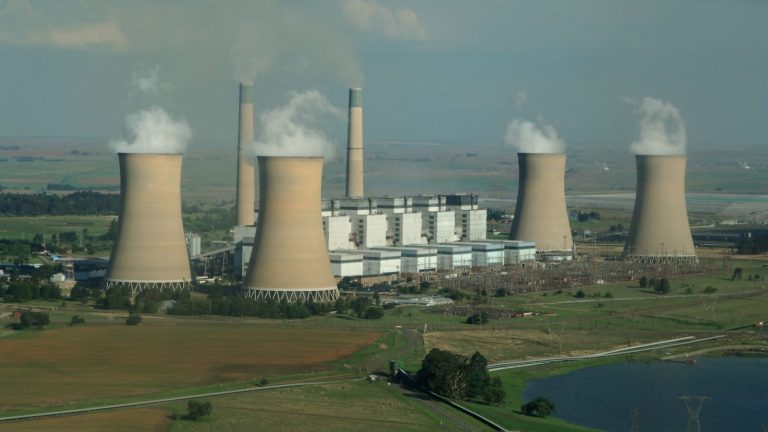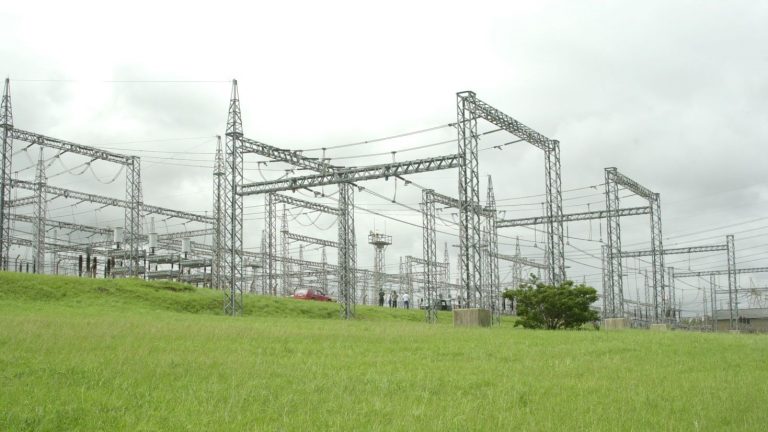Eskom makes major strides in its operational recovery process, cautions the path to sustainability will be long and hard
Presentation slides
Thursday, 27 January 2022: While Eskom continues to make major positive strides and delivering key milestones in its plan to operational recovery, the road to sustainability will still be long and hard. Major projects and outages undertaken this year will continue to exert pressure on the supply side, raising the risk of loadshedding in the short term. These outages, however, are necessary interventions that will deliver long term benefits and the security of energy supply.
“Despite our good performance in recent weeks, particularly over the festive season, surpassing that of the previous quarter as well as the same period in 2020, much still needs to be done for Eskom to achieve operational sustainability and ensure energy security for South Africa,” said André de Ruyter, Eskom’s Group Chief Executive. Key among these are the interventions to extend the operating life of the Koeberg Nuclear Power Station, which will see the facility operating at half its generating capacity for most of the year.
“As we continue to turn around the situation in less than ideal circumstances, we would like to caution against increasing criminal activities on our networks and our assets, which result in increased risks of customer interruptions, public safety concerns and financial losses. We urge security and law enforcement agencies to deal decisively with these criminal elements as their activities could have a very negative impact on our economy if not addressed decisively,” added De Ruyter.
De Ruyter added that Eskom had deployed an additional 450 security guards to its key sites, and was using advanced surveillance technologies such as intelligent cameras and drones equipped with infrared cameras to protect its assets. Further overt and covert surveillance and intelligence gathering were being put in place to prevent criminals from causing damage to the Eskom system.
Having been synchronised to the grid for the first time during December 2021, on 11 January 2022 Unit 4 of the Kusile Power Station achieved full load of 800MW. The unit is going through the testing and optimisation phase and will contribute intermittently to the national grid over the period to full commercial operation by July 2022.
Unit 2 of the Koeberg Nuclear Power Station has recently been taken offline for a long-term outage whose major project is to extend the operating life of the power station by another 20 years. Considering that the power station has been largely depreciated, the steam generator replacement (SGR) project, at a budgeted R20 billion for both units, will enable Koeberg to continue to deliver zero-carbon electricity at a highly competitive cost, making the SGR project one of the most financially attractive projects in the Eskom portfolio.
Eskom will utilise the maintenance and refuelling outage on Unit 2 to implement the SGR project which entails the replacement of the unit’s three steam generators. This operation is scheduled to take place over the next five months, during which time Unit 2’s 920MW contribution will not be available to supply the grid, further constraining an already tight supply situation. All other Koeberg long-term outage activities are continuing as scheduled with the formal application to extend the operating license already submitted to the National Nuclear Regulator (NNR) and accepted for further processing. On 18 January 2022 the NNR granted Eskom permission to proceed with the SGR.
Koeberg continues to be one of the most reliable power stations on the Eskom generation fleet, with the cheapest primary energy costs. Before this outage, Unit 2 had achieved an uninterrupted 454 days of generating a maximum 920MW since its previous outage.
Unit 1 of the Kendal Power Station, which suffered a major generator transformer fire incident in September 2021, was returned to service on 3 January 2022.
Rain readiness plans continue to be effective against high and early summer rainfalls. Continuous improvements on this score are being implemented. A strong focus on coal quality was also paying dividends, with consumption of coal per unit of electricity produced showing a steady improvement.
Coal stock levels remain healthy with an average 46 stock-days. Including Medupi Power Station, which has excess coal, this rises to an average 80 days’ worth of stock. No power station is below Eskom prescribed levels or Grid Code requirements. Good progress is also being made in reducing the Rand per ton cost of coal, with coal costs reducing in real terms.
Eskom has not implemented loadshedding since 19 November 2021.
Transmission experienced a low number of interruptions with no major incidents reported. The Distribution division’s technical performance has seen an improvement in the duration and frequency of outages.
Giving an overview of the organisation’s operational performance, Eskom Group Chief Operating Officer, Jan Oberholzer highlighted that 51 days of loadshedding were regrettably implemented since 1 April 2021, compared to 47 days for the 2021 financial year ended 31 March 2021.
“The Generation side of the business remains very challenging, specifically the availability of the coal-fired power stations due to plant unreliability and unpredictability contributing, to numerous breakdowns. The year-to-date Energy Availability Factor (EAF) of 62.9% is not ideal,” remarked Oberholzer. “It is worth noting, however, that a key contributor to the low EAF were high levels of planned maintenance over the summer months, which rose to more than 12% of the generation capacity during the traditionally low demand festive season. This aggressive focus on the Reliability Maintenance Recovery (RMR) Programme and the Generation Recovery Programme, will over time enable Eskom to improve the generation coal fleet performance.”
Eskom executives stressed, however, that a structural shortfall in generation capacity of between 4 000MW and 6 000MW needed to be addressed, as Eskom is not responsible for procurement of new generation.
Eskom also continues to strive for improved Transmission and Distribution system reliability through the Transmission Sustainability Plan and the Distribution Network Strategy. “These are very important elements of the electricity supply value chain. We cannot afford to neglect any aspect of our operations,” added Oberholzer.
Among its immediate operational priorities, Eskom will soon conclude its detailed investigation into the explosion at Unit 4 of the Medupi Power Station. “As Eskom had found in its preliminary investigation, the unfortunate incident was caused by a hydrogen explosion resulting from mixing of hydrogen and air during the purging process,” said Phillip Dukashe, the Group Executive for Generation. “The incident also seems to indicate procedural non-compliance and management failures.” Initial indications are that the cost to repair the damage caused by the explosion will amount to an estimated R2.5 billion.
This incident is being used as a case study to improve internal processes going forward. Eskom has taken corrective measures to safeguard its operations, employees, and assets. Among others, these include the recent appointment of a recovery manager while the process to recruit a multi-disciplinary team has commenced, said Dukashe. “A process to assess the damage to the property resulting from the explosion is underway, and is led by Eskom Rotek Industries (ERI) with technical support from General Electric, the original equipment manufacturer (OEM).
Eskom has also launched an insurance claim on the incident, and insurers have appointed technical assessors who are working with Eskom and GE’s engineers to assess the damage. “Preliminary plans currently indicate the unit will only return to service during August 2024. We continue to explore avenues to accelerate the recovery of the unit,” said Dukashe.
Dukashe also reiterated that the process to address the design defects of Medupi and Kusile power stations is progressing well. Boiler plant modifications have been implemented on all six units at Medupi, except on a few specific components on Unit 6. Boiler plant modification outage is currently under way at Kusile Unit 2 following successful completion on Unit 1 during November. Unit 2 is expected return to service in February 2022.
“Since the implementation of the solutions on Medupi Unit 3, which was used as a pilot, the unit has been running at an average of 93% EAF for 8 weeks from inspection outage in November 2021, an indication that the interventions have begun yielding the desired outcomes,” said Dukashe.
Eskom Group Executive for Transmission, Segomoco Scheppers said the majority of the coal power stations are operating past the midway of their operational life, at an average of 42 years, resulting in high levels of breakdowns. “As we continue to perform reliability maintenance and refurbishment projects to address lack of power station reliability, an elevated risk of loadshedding remains,” said Scheppers.
Scheppers added that Eskom will continue to rely on renewable energy sources to play a significant role to ease the pressure on the national grid, having contributed more than 3 500MW to the power system during the day in some days. “For example, on 1 November 2021, at 13:00, about 19% of the country’s demand was supplied by renewable generation,” said Scheepers. “While this is still low, we expect renewables’ contribution to continue rising as additional capacity is brought online.”
ENDS





